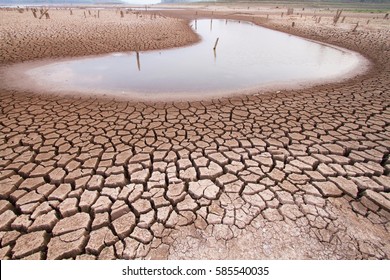Water is life because all living things can not live without water. Water is required for food security, livestock feeding, industrial use and most importantly to conserve the biodiversity and environment. India is not a water-poor country, due to the increase in population, water is becoming inadequate.
This is the growing concern all over the world, India is most vulnerable, because of growing demand with a lack of discipline in lifestyle.
This is the growing concern all over the world, India is most vulnerable, because of growing demand with a lack of discipline in lifestyle.
Inefficient use of water in agriculture by using traditional irrigation methods, Reduction in water storing bodies (Lake, pond, river etc), Releasing of sewage water into stored water bodies, Lack of water management and distribution during monsoon season and lack of water management and distribution among urban consumers, agricultural and industries are the main reasons for water scarcity in India.
Increasing water storage capacities such as a pond, lake etc, Implementing drip and sprinkler irrigation system in agriculture make more efficient, Interlinking of rivers prevent floods and improve water sources across the nation are some of the main factors to improve water crisis.
National water policy should review frequently and people of the nation should follow water management factors and reduce water pollution.
To prevent this crisis by making the best use of technologies and resources to conserve existing resources and convert them into utilisable form.
To prevent this crisis by making the best use of technologies and resources to conserve existing resources and convert them into utilisable form.

Comments
Post a Comment